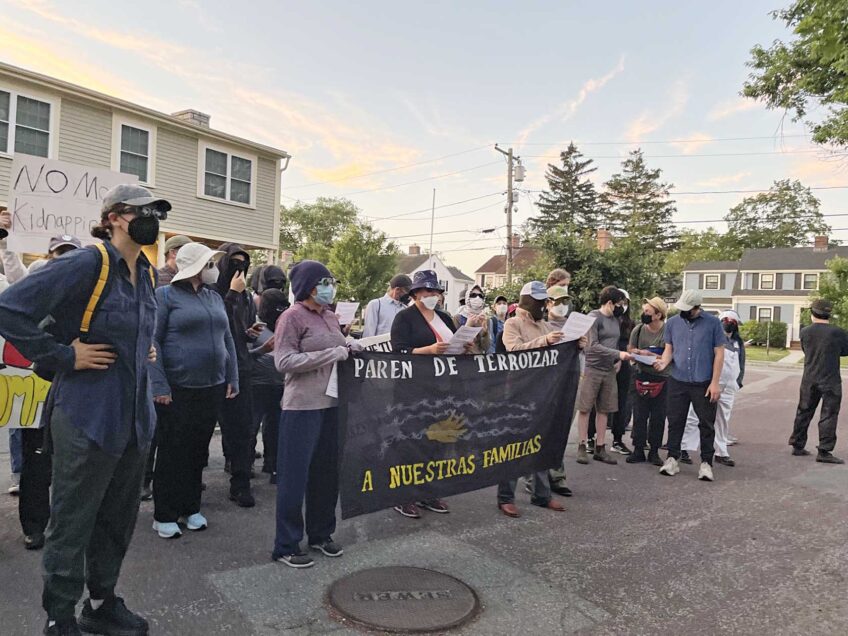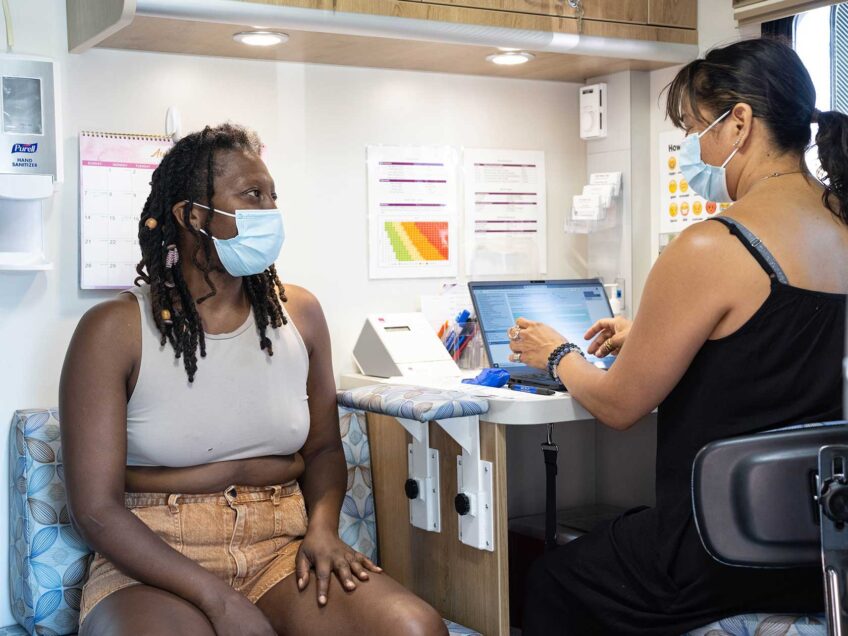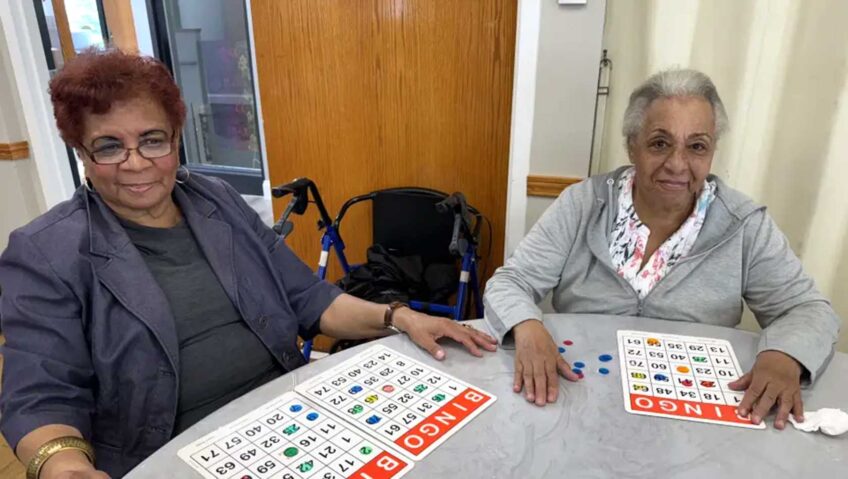Education leaders applaud state guidance on student diversity
More transfers from community colleges is a goal
New state guidance on diversity and equity in higher education is a positive step to move forward following the end of affirmative action in college admissions, local education leaders say.
The state released the guidance Oct. 23 as a joint effort between Gov. Maura Healey and Attorney General Andrea Campbell.
In the seven-page document, the state outlined measures colleges can adopt to continue to promote equity in educational opportunities following the Supreme Court decision in June ending their ability to consider race and ethnicity in admissions.
“It is the voice of the commonwealth leadership saying to us, ‘Broaden your future; do not let one thing stop the dialogue,” said Pam Eddinger, president of Bunker Hill Community College.
The statement was “very needed,” Jackie Jenkins-Scott, interim president of Roxbury Community College, said.
“Although I think people in Massachusetts think and believe that our institutions of higher education will uphold these values, Jenkins-Scott said, “it’s good, I think, for the governor and for the attorney general to make clear their values in what they hope our institutions of higher ed will uphold.”
The guidance offered an overview of what the Supreme Court decision means and advice on how institutions should handle admissions and outreach.
It should also help schools understand what the ruling covers and doesn’t, Eddinger said.
Ultimately, the restrictions from the court decision are relatively narrow, Eddinger said, limiting the ability of colleges and universities to use race as a factor for admission to a college or university, but not the background — including the race and ethnicity — of applicants on an individual basis.
In a written statement, Ivan Espinoza-Madrigal, executive director of Lawyers for Civil Rights, said the state guidance — as well as a document put out by his organization in early October — should show schools they should continue to prioritize equity in admissions.
Both sets of guidance “make clear that schools should continue to implement both race-conscious and race-neutral strategies — including holistic and particularized student assessments,” Espinoza-Madrigal wrote. “It is critical that schools understand that many tools and resources remain available to diversify and democratize access to educational opportunities.”
Healey and Campbell indicated one step to continue to focus on diversity and equity is enabling more students from associate degree programs at community colleges to transfer to four-year schools.
Those efforts are particularly prominent as the state moves forward with a handful of programs like MassReconnect and a new nursing community college scholarship, with the ultimate goal of making community college tuition-discounted or free.
Eddinger said community colleges already see a more diverse collection of students. At Bunker Hill, for instance, she said, a quarter of students are Black, a quarter are white, and a quarter are Latinx — compared to a school like Harvard University, where white students in 2021 made up about 35% of the total undergraduate and graduate student population, while Black students made up about 6% and Latinx students made up about 9%. The average Bunker Hill student also tends to be older, 26, and most work full-time.
“It is my goal, before I retire, before I die, that when I say to someone, ‘Oh, a college student,’ in their mind it would be not the 18- to 20-year-old, drinking in the dorms, and throwing up in the middle of the night and calling parents for dollars to go into their bank account. It would be someone who was a traditional-aged undergrad and the post-traditional students that we see,” Eddinger said.
Both Eddinger and Jenkins-Scott said as community colleges in the state work to educate a diverse selection of Massachusetts residents, four-year colleges will have to be open to accepting more students transferring from community colleges — advice echoed in the state guidance that institutions should “deepen relationships with the full range of associate-degree awarding institutions.”
“The hope is that there will be a greater opening and a greater acceptance and a greater value of having community college students in the student body at all institutions, particularly the private institutions that have not been as affordable and as open to community college students,” Jenkins-Scott said.






